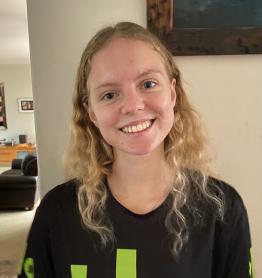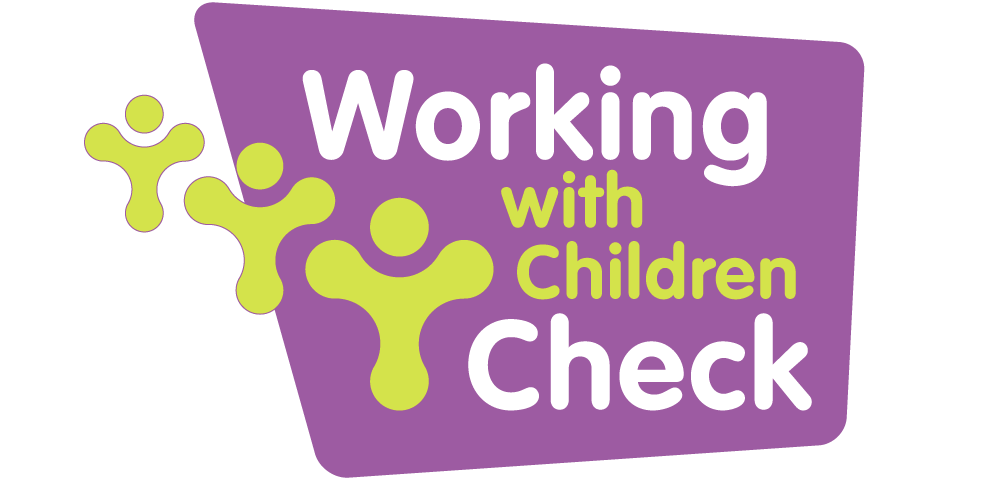
 Verified Tutor
Verified Tutor

What do I enjoy most about tutoring? 😁
I enjoy seeing students improve overtime and develop a love for learning. I also love how as tutors we can individualise lessons to suit each student. I am currently working with a student who did not enjoy learning but is receiving tutoring simply to help him pass. Over the last few months I have seen him start to take pride in his academic accomplishments . We have found a common interest of a love for soccer. Integrating soccer into his learning has been useful to help him to stay focused, interested and to enjoy learning.My Strengths as Tutor 💪
I pride myself in being a patient, empathetic and committed tutor. I try my best to relate to students so that I can truly help them to the best of my ability. I seek to make the learning engaging and applicable to real life so students can see that what they are learning has significance. I am a passionate, enthusiastic learner myself and share these qualities in my lessons. I will always be there to provide assistance and encouragement to students but ultimately it is my goal to help them build good habits and become independent in the way they learn and problem solve.Most important things I can do for a student 🏅
First and foremost it would be building a strong rapport with the student and gaining mutual trust and respect. This builds a foundation of confidence and comfort which optimises a students ability to learn and their attitude towards learning. Tutors should be adaptable and be able to target the teaching to each students unique way of learning. They should be able to help each student authentically understand the concept. It is important that tutors are committed because consistency is what fosters success and improvement.Testimonials 🏆
Subjects Tutored 🎓
Exam Prep 📝
- Naplan tutoring
- WACE tutoring
Tutoring students in 👦 👧
- year 1
- year 2
- year 3
- year 4
- year 5
- year 6
- year 7
- year 8
- year 9
- year 10
- year 11
- year 12
About Carla
Dedicated and Passionate Tutor
Carla is a dedicated tutor who has been providing private tutoring services since last year. Her passion for helping others is evident in her commitment to assisting students with their academic needs. Currently pursuing a combined degree in biomedical engineering and finance, she brings a strong analytical skill set and problem-solving abilities to her tutoring sessions. Carla''s genuine interest in improving others'' lives shines through her teaching, making learning both effective and enjoyable for her students.
Experience in Educational Support
With experience as an art assistant teacher at a fine arts academy, Carla has honed her ability to communicate complex concepts clearly and effectively. This role allowed her to develop patience and adaptability—key qualities that enhance her tutoring capabilities. Additionally, Carla serves as a Sunday school assistant teacher, where she engages young learners with creative lessons tailored to pre-primary children. Her diverse experiences make her well-equipped to support students of various ages in both Maths and English.
Community-Oriented Approach
Beyond academics, Carla actively contributes to community initiatives focused on education equity. As the marketing design officer for an organisation bridging the education gap in rural areas, she demonstrates leadership and commitment to educational development. She also participates in church activities, including being part of the worship team, which underscores her collaborative spirit and dedication to service. Parents seeking a tutor who combines academic expertise with community values will find Carla''s approach both inspiring and reassuring.










